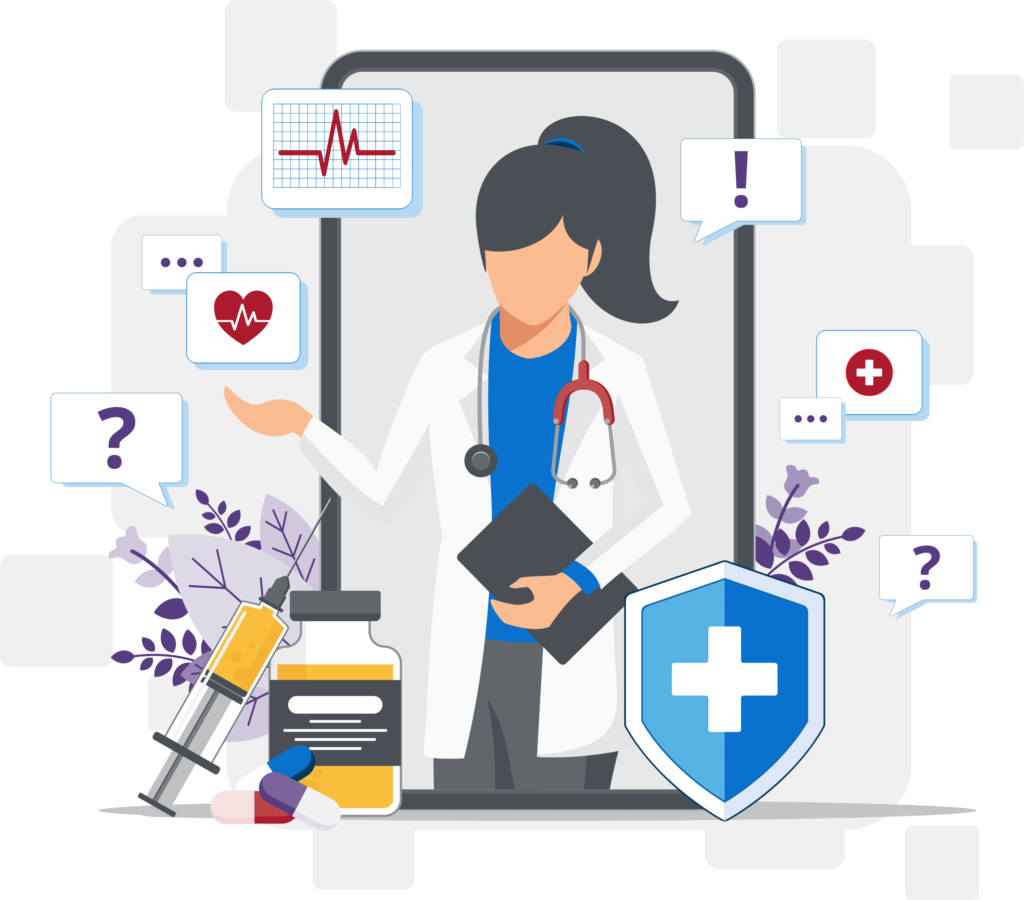With the increase in consumer expectations and the need for constant utilization of electronic health records, the need for timely availability of patient information is paramount. The incorporation of real-time data access to EMR systems is rapidly changing how patient care is delivered. Since EMR Software allows instantaneous access and modification of data, the functionality of Operational operations is increasing, thereby advancing the health outcomes of the patient.
The Importance of Real-Time Data Access
As events unfold, Real-time data access means that the actual records of patients and those of the practitioners accessing the data can be updated. This capability is very useful in healthcare sectors because several decisions that must be made have a huge influence on the safety of patients and the effectiveness of treatments. Real-time patient data gives doctors the impetus to make decisions quickly so that diagnosis and treatment occur faster.
Enhancing Patient Safety
The first advantage of real-time data access is that it promotes patient safety. When a patient record becomes integrated with the health care facilities’ computer system and health care providers can have a first-hand view of the patient’s allergies, drugs being taken, and treatment history, then wrong or inaccurate diagnoses and prescriptions are likely to be minimized. For example, if a physician can see that a patient has a penicillin allergy, they will not prescribe the drug and instead, the patient will not react to it.
Besides, actual-time data availability enhances the management of the healthcare delivery system by improving cooperation between the healthcare teams. More importantly, exchanging information between practitioners in a shared record enables all the specialists, who may be involved in managing the patient’s treatment, to avoid giving conflicting treatment information or missing some important notes.
Also Read: Terilyn Ma NPI: 2024 Guide to Healthcare Access
Streamlining Workflows
Concurrency of data also enhances operational processes in health sector facilities. Health Information System. The conventional ways of information collection often entail searching through file papers or waiting for information from other departments, which takes a lot of time. Unlike it, the EMR Software Solution that includes real-time technologies provides healthcare professionals with the necessary information at their disposal.
For instance, a nurse making quick references from their mobile device to see the latest results of a patient’s laboratory or vital signs can easily make proper decisions on a care plan without much delay. This is not only economical in terms of time for healthcare providers but also improves patient satisfaction since patients get quick answers to their needs.
Future Trends in Real-Time Data Access
While healthcare is in the process of its development, real-time data access is becoming more important for the improvement of patient management and the clinic’s effectiveness. Here are some key trends shaping the future of real-time data access in healthcare:

1. Artificial Intelligence and Machine Learning
It means that AI and machine learning technologies are expected to reshape real-time data access soon. Many of these tools can process big amounts of data much faster than a human analyst and may see a different pattern or draw different conclusions. This capability is also advantageous in improving medical decision-making and providing patients with more customized medical care given the latest real-time patient data.
2. Interoperability Standards
Interoperability has emerged as a major drive, thus allowing diverse Electronic Medical Record systems to interface easily. New norms already being adopted include HL7 FHIR (Fast Healthcare Interoperability Resources) which prescribes a new way of sharing data so that healthcare practitioners get full patient details in real-time regardless of the system in practice.
3. Wearable Technology Integration
Telemedicine isolates healthcare wearables, where such devices constantly gather and convey crucial information about the patient’s situation. Apart from supporting early intervention, this real-time data helps caregivers quickly address any issues that may be aggravating the health complications of a patient.

4. Enhanced Cybersecurity Measures
While constant data access increases the possibilities of organizational efficiency multiplies, the reliance on adequate security measures. The future trends will include these enhancement features to strengthen security and prevent information breaches to the health information of patients to uphold patient trust.
Must Read: Andrigolitis: 8 Key Insights and Impact Explained
Conclusion
Therefore, the ability to have real-time data increases its utility when it comes to EMR, thus enhancing it greatly in the climate of healthcare. Such innovation is vital in today’s healthcare systems as it helps to make decisions on time and involves patients safely, triangulating records to ensure smooth communication among providers.
The adoption of these innovations in particular guarantees enhanced health outcomes of patients and optimizes the rational and effective use of the existing resources in the industry.










